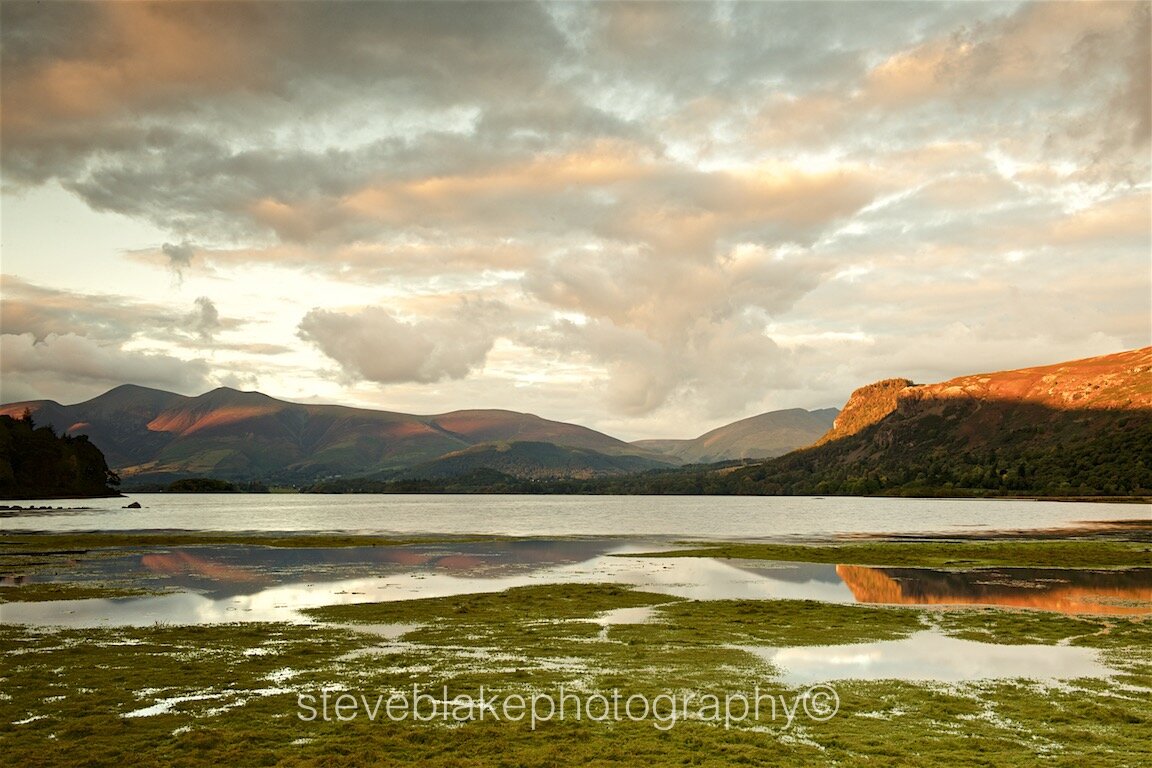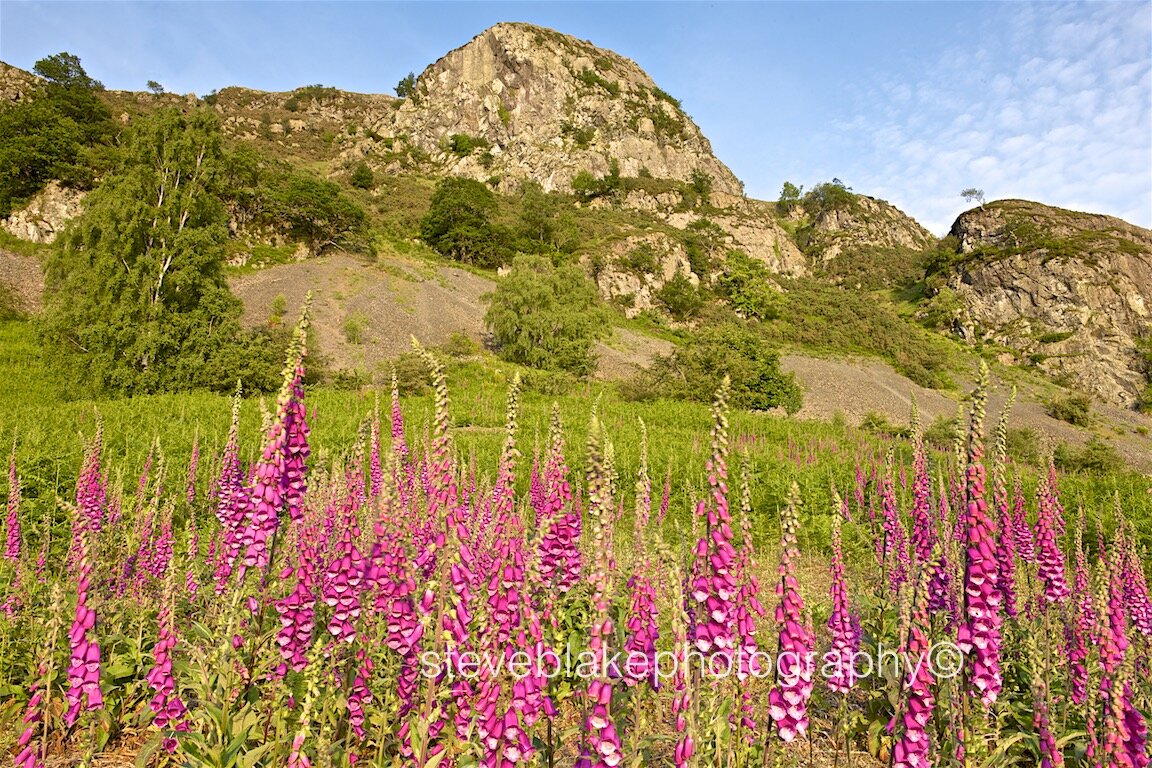Seven things the landscape photographer can do during lockdown.
In these days of restricted movement and social distancing it’s a difficult time for those who love the outdoors. Whether it’s sport, walking, or simply touring the countryside, everything is currently having to be done differently.
Recently, the government lifted restrictions on travel and exercise but this decision has proved contentious. Some local authorities and ‘beauty spot‘ locations are pleading for visitors to ‘stay away‘ because the local facilities are simply not sufficient to cope with the anticipated influx – especially if social distancing rules are to be adhered to.
That gives the landscape photographer a dilemma. Do we sieze the governments announcement as our opportunity to wander freely (and risk upsetting local residents) or continue to stay at home (and miss opportunities to get the seasonal shot we’ve been waiting for?). It’s a tough call.
Personally, I have chosen to wait a little longer before venturing out with my camera. It’s frustrating because, like many other landscape photographers, there are seasonal shots I’ve been hoping to capture. That means I have more time on my hands and being someone who doesn’t like to waste time (or fill it with jobs my wife might give me!), I’ve put together a list of photography related tasks that you might like to be working on now, that will pay dividends later.
Getting ready for landscape photography
1) - Clean your equipment
No matter how careful a photographer you might be, equipment does get affected by the environment when it’s exposed to it.
Check your lenses – are they clean and smear free?
No matter how much effort you put into capturing ‘that shot‘, if you’ve got a dirty lens you’ll end up with disappointment. A good lens cleaning fluid and cloth is relatively inexpensive but it could save you a lot in terms of repeated visits or post capture editing in the long run.
Check your cameras sensor. Camera sensors are very…… well………. sensitive, so check it for small particles of dust. These dust specks are really frustrating when you find them but relatively easy to remove. I find the best way of checking for sensor dust is to photograph an evenly lit plain background – a blue sky or indoor white wall is ideal. Load this image onto your computer and then enlarge to reveal its detail. it’s here that the little black specks will reveal themselves. I’ll post more about sensor cleaning shortly.
2) – Sort out your camera kit.
I find that as time goes on, various things find their way into my camera bag that don’t always need to be there. From empty chocolate bar wrappers to used batteries or gloves to head torches – depending on the time of year or time of day, you won’t need everything. Get rid of the rubbish and take out everything you won’t need on your next photo shoot and you’ll find that you’ve saved yourself some weight – something you’ll be grateful for the next time you walk up a hill!
3- Plan your shots.
Now is an ideal time to think about the photos you’d like to take and plan how to get them. Make a list – it’s your list so plan what you like – make it realistic and achievable and then set out a timetable for when you take them. Get out the maps and research the positions and times of sunrise and sunset in those locations so you can be sure to be ready for the ‘Golden hour‘. One of the most helpful tools I use to help with this process is the DEPSSI card (Depth of field, Sunrise, Sunset Indicator). You’ll find a link to my YouTube video here. If you’re planning trips further afield, you might need to book accommodation well ahead so check out TripAdviser for some handy tips and recommendations.
4 - Check your outdoor kit.
There’s nothing worse than getting caught in a deluge and getting soaking wet because you hadn’t bothered to re-proof your jacket and/or walking boots. It’s a small but obvious point – check and prepare your kit now, so that it will be ready for the job when the time comes.
5 – Organise your photo libraries.
If you’re anything like me, you will have thousands of images on your computer and keeping track of them all is almost impossible unless you establish for yourself a reasonable digital asset management (DAM) system. With any reasonable DAM you can track, catalogue, grade and associate keywords to your images that will make them easier to retrieve when you need them.
Check out:
6 – Review and update your website.
Many landscape photographers like to share their work on the internet and that’s often via a personal website (although there are numerous social media channels). However, once built, there is a tendency to leave the website to ‘do it’s thing‘ and focus on other aspects of your photography. In time these websites become outdated – ‘news‘ is no longer new and images become stale. Try posting some new images with new text and you’ll add a fresh look and feel to your website.
7 – Check out your backup system.
Are your photographs stored securely? You’ve taken the trouble to capture the images but what if the worst was to happen and your computer crashed? If you simply store your images on your local computer hard drive, chances are you would lose the lot. Use this time to research the plethora of cloud storage options now available online. Prices vary from free to several hundred pounds a year. Chances are, you won’t need a plan that’s too expensive but it goes without saying – you usually get what you pay for.
Check out:
So, although it might seem that the landscape photographer has time on their hands, there is plenty to be getting on with. Hopefully, with the right preparation, when it is safe and appropriate to venture out, your next photography assignment will be much more rewarding.
Did you find this article helpful? Please contact me to let me have your feedback.



